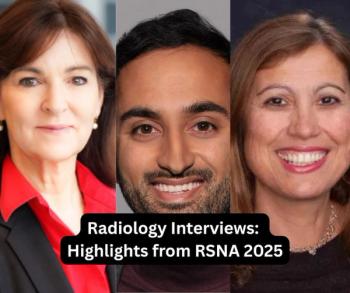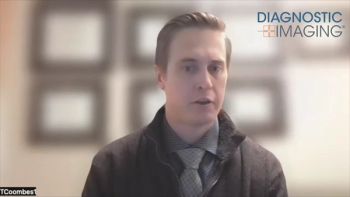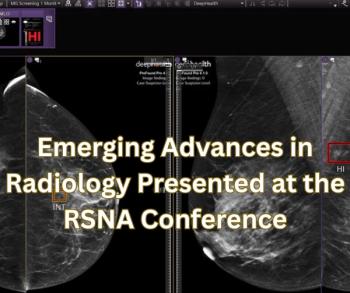
Stanford restricts industry involvement in CME
Stanford University radiology officials are reevaluating their conflict of interest policies for continuing medical education programs in light of new School of Medicine rules that severely restrict funding from pharmaceutical and device companies.
Stanford University radiology officials are reevaluating their conflict of interest policies for continuing medical education programs in light of new School of Medicine rules that severely restrict funding from pharmaceutical and device companies.
Under Stanford's new policy, effective Sept. 1, the medical school no longer accepts support from pharmaceutical or device companies for CME. All contributions for CME from medical industry must be funneled through a central office.
Pharmaceutical or device companies will not be allowed to earmark funds for programs on specific subjects. Commercial support for CME can be provided only in broad areas, such as medical, pediatric, and surgical specialties or diagnostic and imaging technologies. Device or pharmaceutical companies can no longer sponsor exhibits, receptions, briefings, or training sessions in tandem with Stanford CME events.
"We want our educational programs to be primarily science- and evidence-based and free of any commercial bias or influence," said Dr. Phillip Pizzo, dean of the School of Medicine.
Stanford is one of the leading providers of radiology CME in the country. The department lists 12 multiple-day courses in its 2009 calendar. The department annual international symposium on multidetector-row CT attracts more than 1000 attendees. The university also sponsors radiology CME conferences on PET/CT and molecular imaging; neuroradiology, sports medicine imaging, and advanced breast imaging and interventions.
The new policy puts to an end the sort of elaborate vendor-sponsored receptions that have coincided with the annual multidetector CT symposia. Held in auditorium-sized venues away from the actual conference sites, the events were notable for their food and entertainment: full-sized CT scanner ice sculptures, "mad scientist"-inspired hors d'oeuvres, and dancer/acrobats in colorful costumes, futuristic helmets, and rollerskates.
The financial impact of the new Stanford CME policy is unknown, according to Pizzo.
"But if company support has been linked either directly or indirectly to marketing goals, then I expect that the funding support will decline," he said.
Radiology CME programs that have been planned and underwritten with industry support will be allowed to continue through June 2009, according to the new policy.
"Right now, we're trying to understand the new guidelines, and we're entering a new phase of analysis," said Susie Spielman, director of strategic initiatives for Stanford.
Her job includes management of the university's radiology CME program.
"We're not walking away from our program, but we're working to see what are the best ways to move forward," she said in an interview.
For more information from the Diagnostic Imaging Archives:
Newsletter
Stay at the forefront of radiology with the Diagnostic Imaging newsletter, delivering the latest news, clinical insights, and imaging advancements for today’s radiologists.




























